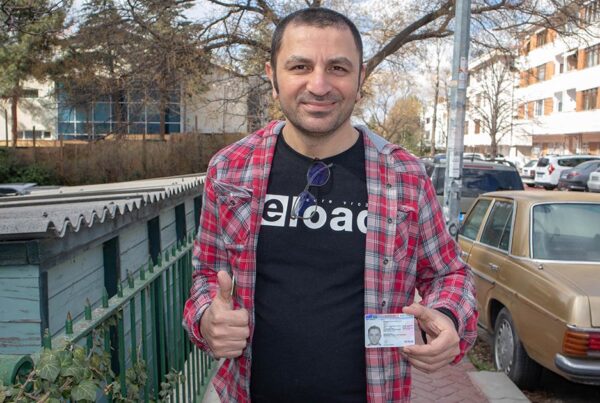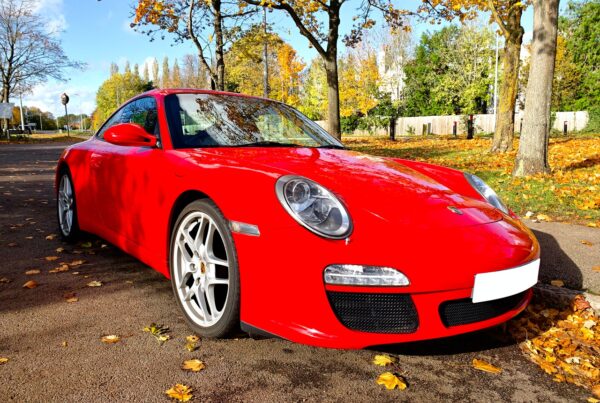The Estonian economy is an economy that benefits from the developments in the Swiss and Finnish economies. Estonia, which is a member of the European Union, is a developed country according to the International Monetary Fund. II in the country. After World War II, scientific and technological studies increased. It entered the Western European markets with products such as milk, cheese and butter. Estonian economy can be said to have the best investments among European countries in the long run. Estonia has a population of 1.3 million. While the inflation rate is 2.3%, the unemployment rate is 4.5%. According to Gross Domestic Product (GDP), Estonia’s economy is 31 billion dollars.
II. What is the Effect of World War II on the Estonian Economy?
- During World War II, the Estonian economy was adversely affected by the Nazis and the invasion of the Union of Soviet Socialist Republics (USSR) in 1940. After this invasion, Estonia’s economy was taken under the domination of the USSR. In this period, the annual per capita income in Estonia is 2,000 dollars. After Estonia declared its independence in 1918, the state created ten-year economic transformations in order to improve the Estonian economy.
What Are The Currencies Used In The Estonian Economy?
Changes have been made to the currencies used in Estonia . After the occupation of Estonia by the USSR, the currency in the country was the ruble used by the Tsarist administration. After the proclamation of Estonian independence, the Estonian mark became the currency between 1918 and 1927. In 1929, the Estonian central bank began to print the krone, and the country’s currency became the krone. With the accession of Estonia to the European Union, the currency was largely replaced by the euro.
What are the Modernization Moves in the Estonian Economy?
Estonian economy modernization has started since the declaration of independence. Estonia is a bridge country between eastern and western Europe. Some important features of modernization in Estonia’s economy are:
- Budget balancing
- Zeroing the government debt
- flat rate on income tax
- strong euro exchange rate
- commercial banking sector
- Internet-based services
- mobile based services
These modernization moves in the Estonian economy have also revived the banking sector. With the technological developments, the economy has been ensured to be in an ideal structure.
How is the Economy in Estonia Today?
Estonia is the fastest growing economy among European countries today . Estonia became a member of the World Trade Organization in 1999. Estonia was influenced by Russia, Finland, Germany and Switzerland, which are important countries in trade. Although there was a decrease in annual per capita income in 2008 due to the effect of the economic crisis, it started to increase again with the resolution of the crisis. With the effect of economic developments, the unemployment rate in Estonia decreased.
What are the Effects of the Economic Crisis in Estonia in 2008?
The effect of the 2008 economic crisis in Estonia is the decrease in investment and consumption on the bulging market. One of the effects of this crisis is the creation of a current account deficit. Although this current account deficit is reduced towards the end of the year, it is still not over. The economic crisis experienced in the Estonian economy in 2008 decreased the annual per capita income. However, after the crisis was over, the per capita income started to increase.
What Is The Labor Ratio As An Impact Of The Estonian Economy?
The labor force rate in Estonia is one that is affected by the economy. There are about 600,000 workers in Estonia, but these workers do not have enough skills. Due to this situation, the Estonian state has made the necessary arrangements for non-EU citizens to work in their own country. After the 2008 economic crisis, the unemployment rate increased to 18.8%, after the crisis ended, this rate decreased to 6%.
What are the Import and Export Items in Estonia?
Estonia’s import and export nominal values are 22 billion dollars. Estonia’s main trading countries are Sweden, Finland, Russia, Germany, Latvia and Lithuania. The main import and export items made with these countries are as follows:
- Export Items: Iron and Steel goods, electric motor vehicles, shoes, various manufacturing products, agricultural and food products.
- Import Items: Iron and Steel scraps, electronic goods, precious metals
Work with Advist in your EU Settlement Process.
Get a residence and work permit in the country you want in Europe!



